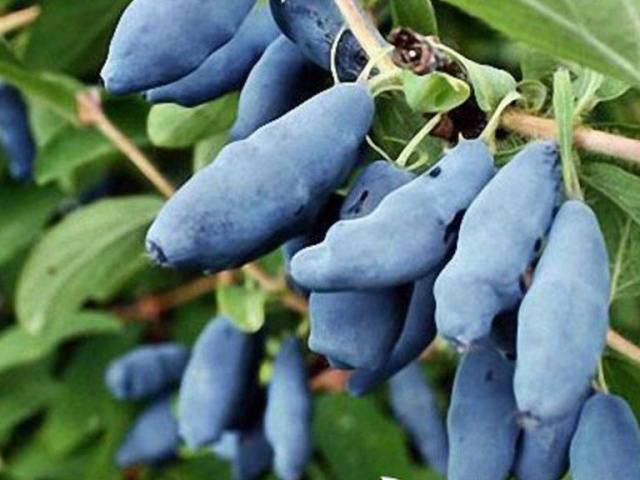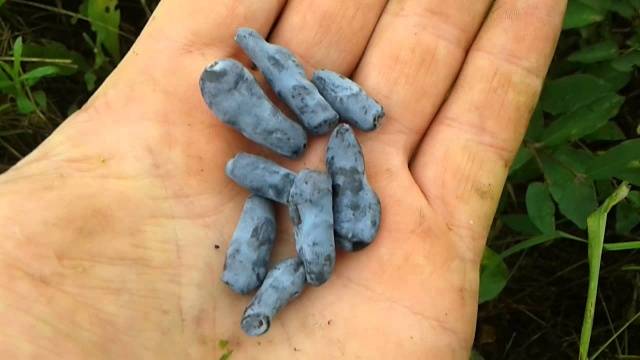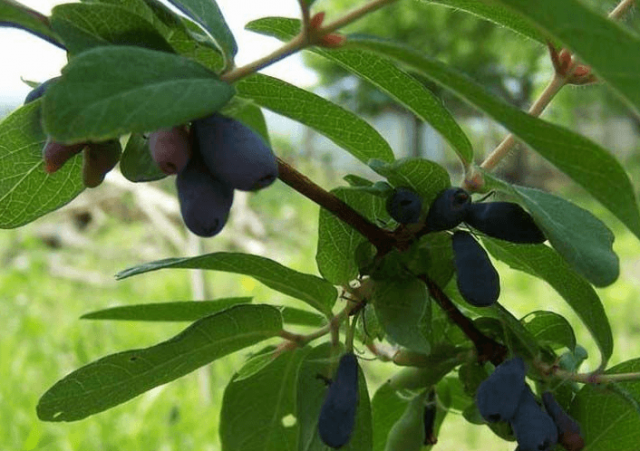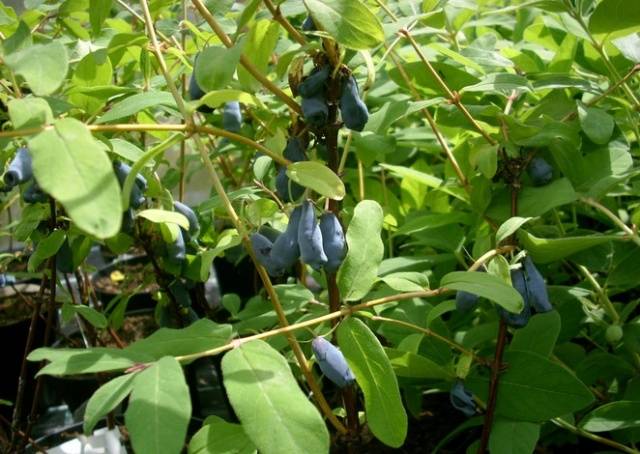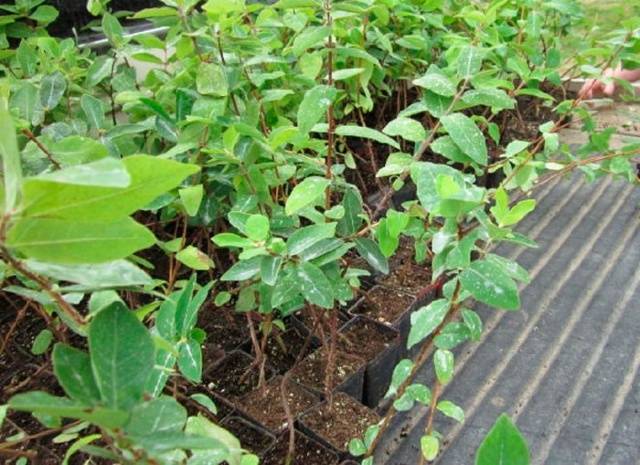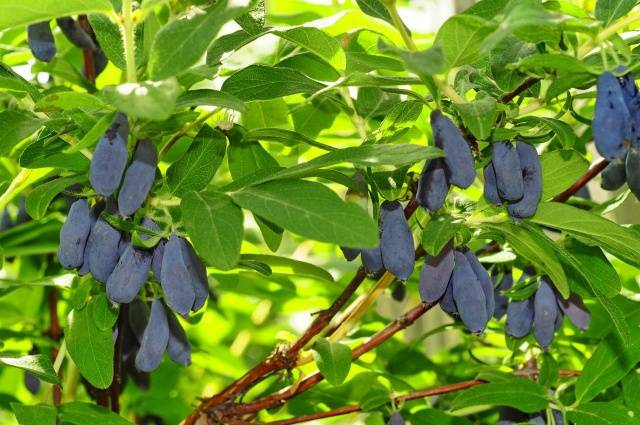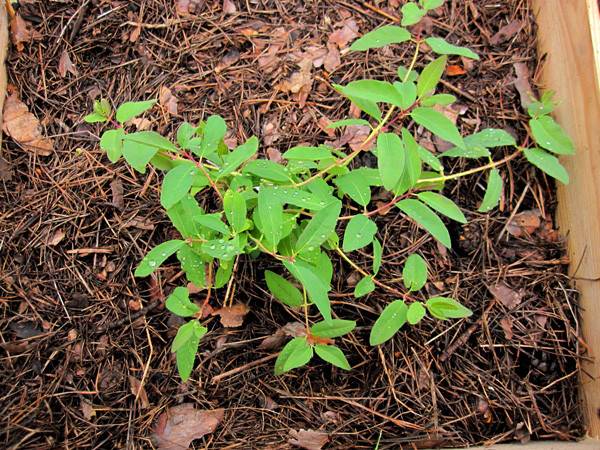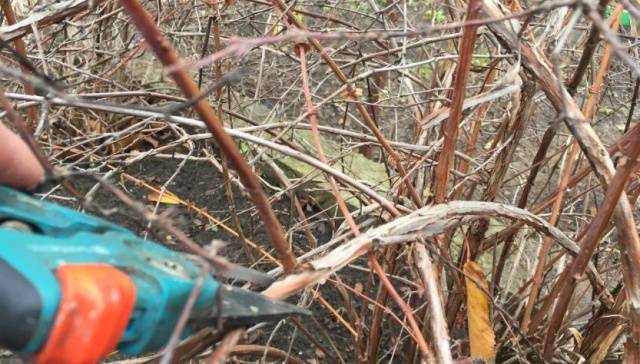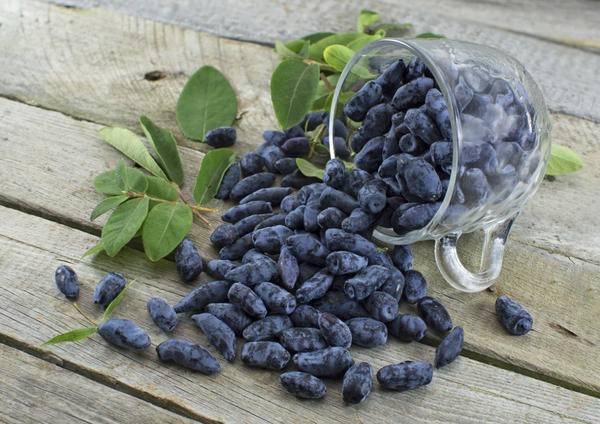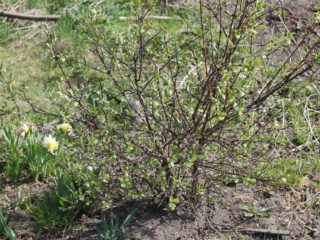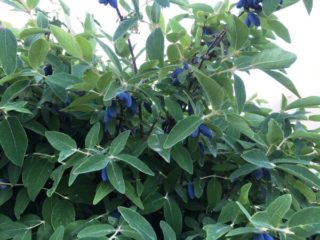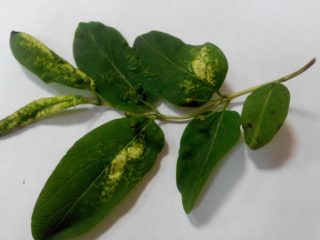Content
Honeysuckle berries are rich in vitamins and minerals. In terms of magnesium content, the fruits of this plant are generally superior to all other fruits. If we take into account that honeysuckle ripens earlier than strawberries, then it becomes an indispensable product for the body weakened by the winter lack of vitamins.
Description of the variety
Morena's honeysuckle was created by the Pavlovsk Institute of Genetic Resources. Vavilov from the Kamchatskaya and Turchaninov species. In 1995, it was adopted by the State Register and recommended for cultivation in all regions.
Specifications
The Moraine bush is oval, it can grow up to 1.7 m in height. The shoots are thick, brown-green, with large green leaves, forming a loose crown. Moraine, when planted in autumn and in favorable conditions, in the first spring can give an increase of 20 cm.
The berries are one-dimensional, blue, because of the wax bloom they seem blue. Their shape resembles an elongated jug, and their weight is 1.0-1.2 g. The average yield of the Morena variety is 53 c / ha, up to 1.9 kg of berries are harvested from the bush.
The tasting score of this honeysuckle is 4.5 points. The taste of Morena berries is sweet and sour, without bitterness, the pulp is tender, with a mild aroma. The variety is considered dessert, non-sprinkling, and in terms of ripening it belongs to medium early.
Pollinators
Morena's honeysuckle is self-fertile. If there are no other varieties on the site, even after abundant flowering and timely pollination by bees and bumblebees, the bush will give few berries. True, their number will be slightly more than that of other honeysuckles under similar conditions, but this cannot be called a harvest.
Recommended pollinators for Morena are Blue Spindle and Viola varieties.
Advantages and disadvantages
Morena is difficult to compete with the latest edible honeysuckle varieties, but it is considered reliable and suitable for growing in all regions. The advantages include:
- Stability of fruiting.
- High winter hardiness.
- Non-shedding and large-fruited.
- Increased resistance of the variety to aphid infestation.
- Low demands on growing conditions.
- Winter hardiness of the Morena variety.
- Good dessert taste without bitterness.
- The Morena variety is recommended for cultivation in all regions.
- The high content of nutrients in berries.
The shortcomings of Morena could be attributed to insufficient large-fruited and imperfect taste, but do not forget that the variety is already more than 20 years old. At one time, he was a real breakthrough. The Morena variety is self-fertile, but this is inherent in the rest of the edible honeysuckle.
Accommodation on the site
Morena's honeysuckle is remarkable in that it can be grown in all regions. Of course, in the south, it will not reach 1.7 m, but it will feel better than other varieties.
The choice of planting material
Moraine branches are slightly bent, consider this when buying planting material. The shoots should be firm, the internodes should be the same, and the root system intact. Better yet, buy seedlings in containers. Don't buy honeysuckle with short stems.
The condition of the root system of a containerized plant can be easily checked. Feel free to ask the seller to take the seedling out of the pot. The earthen lump should be braided with roots in moderation, without signs of rot or mold. The smell from him should come fresh, pleasant - even a slight stench serves as a signal of trouble.You should not buy such a plant.
Choosing a suitable location and preparing the ground
First of all, the site for planting Morena should be sunny - in the shade it will bear fruit, but the yield will be reduced several times. Honeysuckle should not be placed in hollows or hollows - cold air collects there, moisture stagnates after rains and watering. It is necessary to protect the plant from cold winds.
Morena's honeysuckle prefers loose, slightly acidic soils, well filled with organic matter. However, any soil is suitable, only on sandstones the yield will be greatly reduced. Excessively acidic soil must be deoxidized by introducing dolomite flour, ground limestone or fluff into the planting pit.
Biological scientists and agrarians cannot come to a consensus on the schemes for planting honeysuckle. Placing bushes at a distance of 1.5 m from each other with 2.0 m between rows is considered standard. It is imperative to take into account the size of an adult bush - some varieties grow up to 2.5 m by the age of 10.
A planting hole for honeysuckle is dug 40x40x40 cm in size, a bucket of organic matter and starting fertilizers - potassium and phosphorus - are added to the soil. For ordinary soils, take 50 g of top dressing, the poor enrich more or additionally add a can of ash.
Planting honeysuckle
Already at the end of July, and earlier in the southern regions, the Morena variety begins a dormant period. The beginning of the growing season occurs very early. Therefore, it is better to plant honeysuckle in autumn or late summer, so the bushes will take root with a probability of about 95%. In the spring, this figure drops to 80-85%.
The prepared planting hole is poured with water, and when it is absorbed, they begin to plant. Honeysuckle is placed on an earthen mound poured in the middle and covered with soil. In this case, the root collar should be deepened by about 5 cm. The seedling is watered abundantly, and the soil around it is mulched. The branches of Morena honeysuckle should not be shortened before planting - this will worsen the survival rate of the bush.
Growing
Honeysuckle is generally an unpretentious crop if it grows in temperate climates. The Morena variety feels good in all regions, only in the south it does not grow to the declared size, requires additional watering.
Young plant care
Filling the planting pit with phosphorus and potassium fertilizers allows you not to feed the honeysuckle in the summer or autumn in the first 2 years. Only in the spring, preferably in the snow, spill the bushes with a solution of urea or ammonium nitrate.
Watering after planting should be regular - if the trunk circle dries up, the honeysuckle will hurt. For better oxygen supply to the root system, after moistening, the soil is loosened to a depth of 5-8 cm. Weed plants are weeded out as they appear.
Adult plant care
Many amateur gardeners feed honeysuckle every few years, and then complain about poor yields and small berries that do not correspond to the varietal description. The plant bears fruit annually and has a short growing season. In addition, cultivars are very different from their wild relatives and need regular feeding. The fertilization schedule is shown in the table.
Fertilization period | Nutrients | The purpose of feeding |
The beginning of the growing season, before the snow melts or immediately after it has melted | Nitrogen | Provide honeysuckle with the necessary substances for the development of shoots, leaves, flowers |
After harvest | Nitrogen, phosphorus, potassium | Reimbursement of nutrients spent on flowering and ripening berries |
End of summer - beginning of autumn | Phosphorus, potassium | Laying next year's harvest, preparing for winter |
The Morena variety needs watering in the absence of rain, loosening the soil, weeding.
Pruning and wintering
Morena's honeysuckle is not covered for the winter, it, like other varieties, tolerates severe frosts. The first 15 years of life, pruning consists in removing dry or broken branches, then a part of the old growth is cut out annually. When the yield drops (this usually happens after the 20th year of being on the site), the entire bush is sheared, leaving 15-20 cm hemp. Morena's honeysuckle quickly recovers and bears fruit for another 5-10 years.
Reproduction methods
Honeysuckle varieties are propagated by amateur gardeners by dividing young bushes and layering. The seed method and cuttings in private farms do not give a satisfactory result. The first is due to the splitting of the varietal characteristics of the seedlings, the second is due to the poor survival rate of the propagation material. As a result, as many honeysuckle bushes will grow from dozens of cuttings as from several buried branches.
Growing problems
Morena honeysuckle is resistant to aphid attacks, but leafworm and scale insects can annoy the plant. To neutralize them, insecticides or biological products are used. There should be 2-3 treatments, with an interval of 10-14 days. During the ripening of berries and harvesting, it is better to use only biological drugs or folk remedies.
Of the diseases, honeysuckle most often affects powdery mildew. This fungus looks like a whitish bloom on the leaves. They fight powdery mildew with fungicides or Fitosporin.
Testimonials
